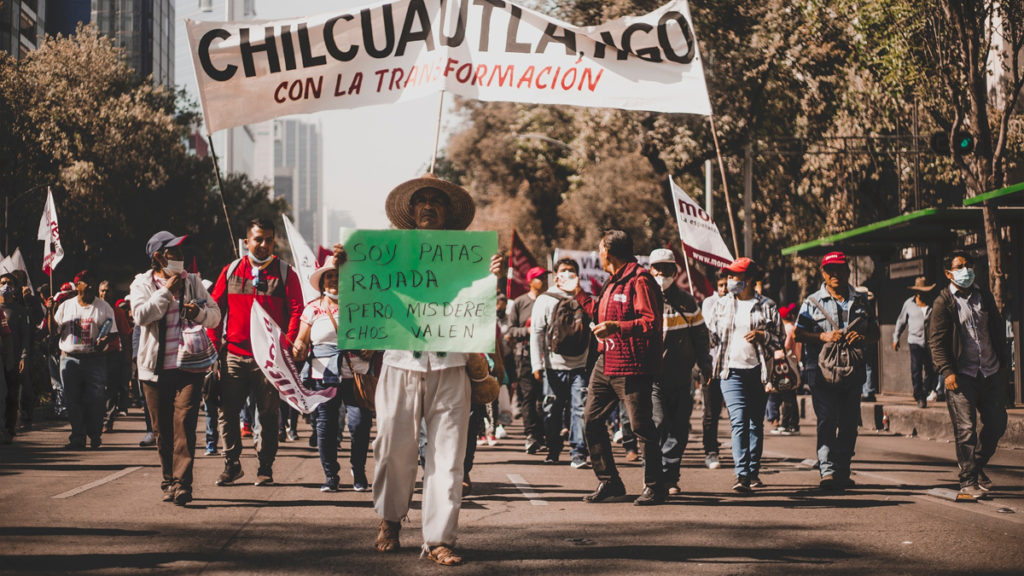In rural areas, average current household income grew by more than 30% and among the Indigenous population the increase was more than 43%.
By Hernán Gómez Bruera, Source: El Universal, July 30, 2023

A series of advances in the social terrain are beginning to be reflected in increasingly significant data. Not all of these statistics loom as large as some of us would like, but they are important, especially if we consider that we are in the midst of a pandemic.
Based on the data from the National Household Income and Spending Survey (ENIGH), recently released by the National Statistics Institute (INEGI), the National Council for the Evaluation of Social Development Policies (Coneval) will present its poverty measurement report, where an unprecedented reduction will be evident.
It is likely that we will then see, according to different estimates, that 5 million people will have left the ranks of the poverty-stricken during the current presidential administration, and even that extreme poverty will be the lowest since records have been kept.
Several data from the ENIGH 2022 already show that the panorama has changed for the poor in Mexico. For example, the lowest 10% income bracket has increased its revenue by almost 20 percent during this administration.
The Gini Coefficient, the most commonly used measure of income inequality, saw a reduction from 0.426 to 0.402 between 2018 and 2022, although we still do not know what occurred with the richest 1 percent of the population.
Some of the social groups commonly most affected by poverty have significantly increased their income. In rural areas, average current household income grew by more than 30%, among the indigenous population by more than 43%, and among women by 40%.
Much of this progress has to do with the social programs that today benefit 36% of families -something never seen before- and with the fact that monetary transfers practically doubled in value, as Viri Ríos has already observed.
Another important data that Coneval will surely release indicates a significant reduction in poverty among the elderly, who have benefited from the most ambitious social program of this administration.
But we must not lose sight of the fact that progress is not only associated with social programs. It also correlates with what has been occurring in the world of labor. First, there is the increase in the minimum wage, which has grown by 90% since the beginning of this administration. The second is that 5.2 million jobs were created during the current government, 1 million more than under Peña Nieto and Calderón, and in addition their salaries are 12% higher today.
Another, very important, factor is the outsourcing reform, since it has enabled 2.9 million workers to migrate from a service provider company to be recognized by the enterprise where they actually work.
This group, according to information from the Deputy Ministry of Finance, has benefited from a 27.4% increase in the base salary for social security system fee payments and has allowed these workers access to social benefits such as profit sharing, increased social security payments, and other benefits of which they had been unjustly deprived.
Thanks in large part to the changes that the 4T brought about in the world of labor, in-work poverty was reduced by three percentage points, which meant that 1.7 million working people were no longer poor. None of this is small potatoes.
Despite this good news, there are at least three obvious problems (as Gerardo Esquivel already pointed out): low coverage in health services (reflecting the failure of the Institute of Health for Well-Being (INSABI), low coverage of social programs in areas where extreme poverty predominates, where targeting has not been the most adequate, and the still very high gender gap.
